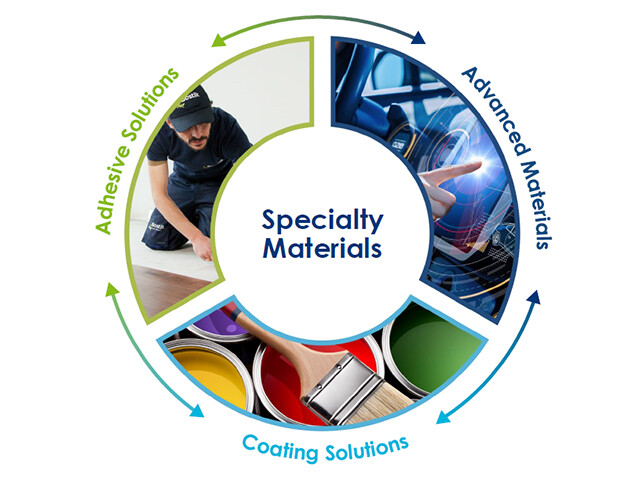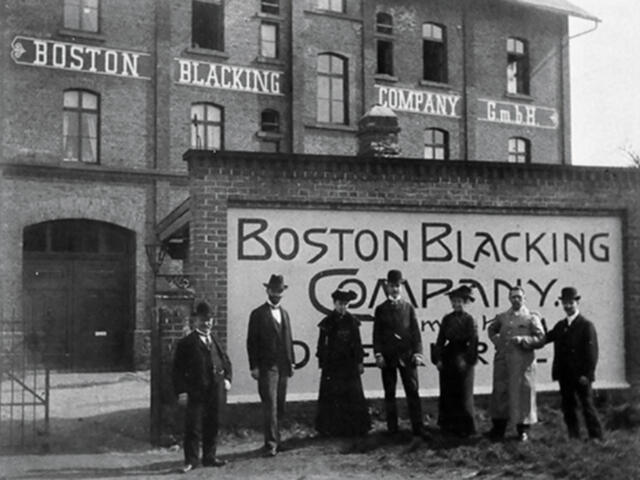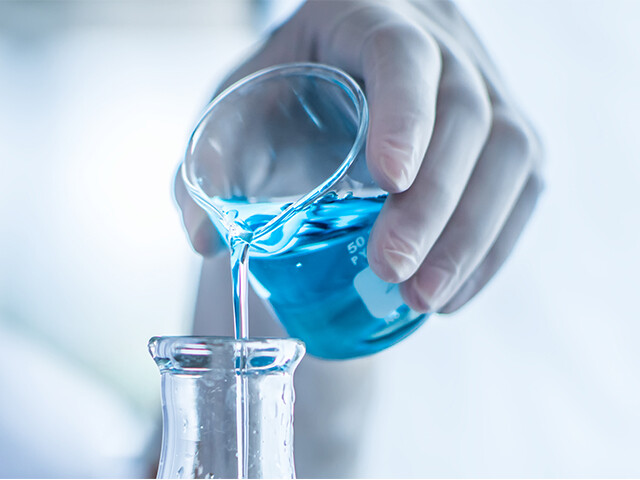About Den Braven
Discover our Knowledge Articles
When uPVC and aluminium window frames are installed in new buildings or renovation projects, Den Braven is able to provide a suitable solution to achieve compliance with the current and new building regulations. Joint seals should be treated with suitable quality products to fulfil the passive house regulations.
In this we have two situations:
- Sealant applied to a layer of paint
- Paint applied to a sealant joint
Although in general acrylic sealants can be painted very well both with solvent based paints as well as water based paints (for instance acrylic latex) it is possible that the paint film on the acrylic joint can crack.
Sealants used in construction and industry applications must provide a permanent seal between building materials. In normal conditions, combined with regular inspection and maintenance, joint sealants can function for many years. The durability of sealants in joints can be reduced severely by the impact of animals. In this technical bulletin the most common forms of damage by animals are discussed, including possible solutions to prevent and repair damage.
For an optimal functioning of a sealant joint it is of essential concern that the sealant will make a good bonding on the surface it is applicated to. Indeed if the bonding fails, the function of sealing partly fails. The strength of bonding between sealant and surface depends to:
- Strength of surface.
- Suitability of surface.
- Pre-treatment of surface.
- Situation of surface during application.
- Tolerance of surface with the sealant applied.
- Application of bonding primer.
Furthermore, it is of course important that the sealant is applied in the correct manner.
As, for esthetical reasons, mirrors are mostly applied to walls and doors without any mechanical support, special adhesives are used to fasten these mirrors ”invisible” onto the supporting surfaces. Mirrors are sensitive products, because of which not every mirror can be glued with every glue onto every surface. It is evident that care has to be taken. The information given below will be helpful to achieve a good result.
Both inside and outside of building structures joints are used.
These might include:
- Joints, for example, between frame / wall
- Expansion joints, for example, between concrete slabs themselves.
These joints are knowingly provided in the structure to absorb expansions and contractions. The joints have in common that they are narrower and wider by operation of the structure in which they are located.
This effect may be caused by:
- Vibrations caused by traffic loads, machines;
- Deflection of the structure by wind load;
- Expansion and contraction of building materials by contracting and extracting moisture;
- Expansion and contraction of building materials by temperature changes (thermal expansion and contraction).
While drawing the design of the building, these operations will have to be taken into account, and both the length of structural parts as the width of the joints have to be chosen in such a way no overloading of the seal material will take place. Although the causes mentioned under 1, 2 and 3 can, under certain circumstances, exert a significant effect on the joints, in most cases the greatest effects are caused due to thermal expansion and contraction of the materials.
Where products are used in wet areas like kitchens, bathrooms, swimming pools, abattoirs, cooling rooms, storage - and production rooms for food, fungal growth can occur. As a result of temperature, humidity, soap residue and traces of fungi in the air fungi can start growing on wet surfaces and is difficult to remove. This can happen on sealant joints. Fungi can develop at a humidity of 60% and grow even faster at higher humidity.
Durability of sealants under normal weather circumstances can vary from 5 to more than 30 years, depending the type. This means with good functioning and application of the sealant, replacement is only mandatory after several years. In this period, instances requiring repairs or early total replacement of sealants might occur.
Chemical resistance of silicone rubber In answer to questions regarding the effects of solvents and industrial chemicals on silicone rubber, the following data have been complied. Silicone are in general, chemically inert and are attacked by only a very few common materials. Among them are concentrated sulphuric acid, hydrofluoric acid and under long term exposure, high pressure steam. Like any elastomer, silicone has a tendency to physically absorb those materials with a solubility parameter near its own. This absorption may cause the rubber to swell and to soften slightly. In few applications, this volume increase is advantageous. For example, a silicone rubber gasket exposed to certain solvents will swell to form a tighter seal. The change undergone by silicone rubber in contact with an absorbed solvent is primarily physical. After the solvent has completely evaporated, the silicone rubber will return to its original physical properties.
Sealants are used in building and industrial applications in many places under various circumstances on several substrates. It may occur that the sealant joints show discoloration after a couple of days or weeks. In general the joints can be considered as a reasonably colour stable product. The best colour stability can be achieved with the acetoxy curing silicone sealants and acrylic sealants. The neutral curing Silicone sealants are more sensitive for yellowing, which in many cases is caused by contact with chemical vapours and fluids.
The use of HPL-facade panels has strongly increased against the classical facade panelling which was normally made of plywood. The choice for these new building materials is usually based on the fact they do virtually need no maintenance and give a nice result without painting.
In the technical documentation for of all Den Braven’s products the minimum shelf life after production is given as between + 5°C and +25°C. When products are stored in higher temperatures this will shorten their shelf life. A maximum temperature of + 45°C can be maintained. Above this temperature problems might occur. For instance, too much pressure may build up in canisters of PU foam. In neutral silicone sealants the chemical reactions can be changed.
The following points are of importance for this:
- Processing equipment
- Modus of applying
- Modus of finishing
The equipment is meant for the packaging in which the sealant is supplied. Most common packaging is: Cartridges of ca. 310ml (plastic or aluminium) Alu-foil sausages -4,8 cm. Contents normally are 310 ml, 400 ml, 550 ml and 600 ml. For both of the packages are special caulking guns either powered by hand or pressured air are used. Furthermore also electrical powered (battery)sealant guns are available. The sealant guns have a wide range of quality and prices, where choice is mostly dominated by intensity of use.
Window and doorframes are made of materials such as wood, aluminum, steel and UPVC. Traditional window and doorframes are installed by using frame anchors. This method is time consuming and requires craftsmanship. Therefore, more often now, window and doorframes are installed using polyurethane foam. Using polyurethane foam can significantly reduce labour costs and produce higher insulation value. It is important to take into account the properties of polyurethane foam during the installation, to avoid damage and costs later.
The market for constructive sealants is fast growing. More and more mechanical fasteners are replaced by constructive elastic bonds. Constructive bonding has many advantages over mechanical fastening and very few disadvantages. High modules polyurethane and hybrid sealants are the most common sealants used for this purpose. Compared to mechanical fasteners these sealants are often stronger and don’t cause corrosion on metals. Other benefits of using these high module sealants: makes drilling unnecessary, reduces sound transmission and can also provide a watertight seal.





